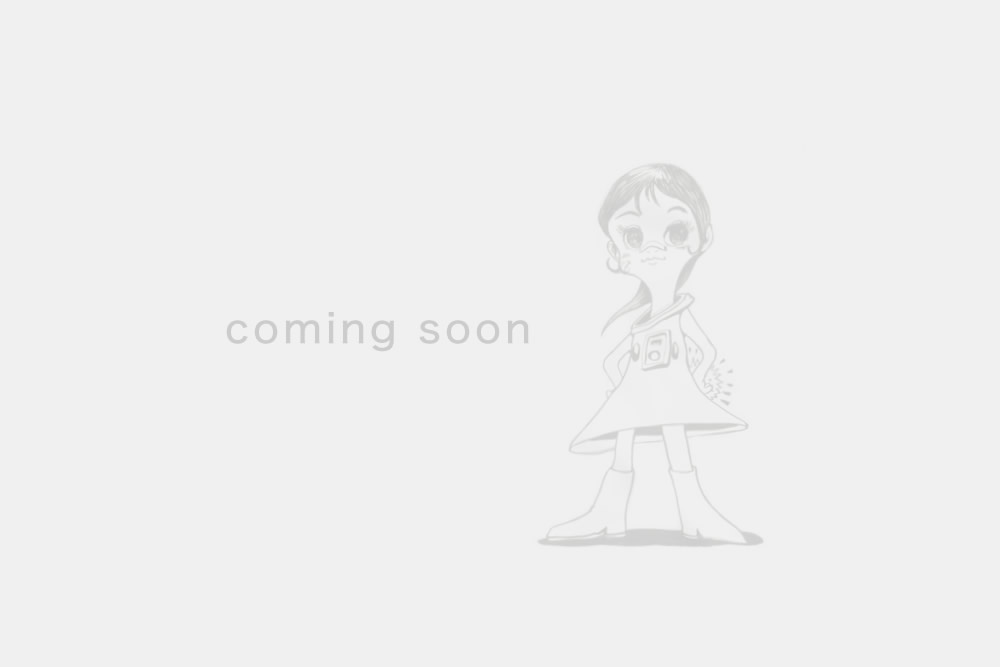From Ultra Project to Ultra Art [2008]
Projects which go beyond projects, Art which goes beyond arts
Ultra Project is a project-based practice class in Kyoto University of Arts. The class is conducted in ULTRA FACTORY, a 3D modeling studio established in June 2008. In Ultra Projects, artists, active at the forefront, conduct projects with students.
The aim of class is to bring about synergetic effect among artists and students: artists can conduct their projects in the studio and students learn techniques and know hows through the practices and also get inspired and gain energy from the projects. Kenji Yanobe inducted as the first director of ULTRA FACTORY and has launched various Ultra Projects. His projects have strong messages toward society and tries to go beyond the framework of art.
“Factory” and “Project” are two factors which lay at the basis of art works in the latter half of 20th century. “Factory” is the name of Andy Warhol’s studio and it is well known that he made silk screen prints in large amount, dividing the making process with his staffs.
Factory is also a metaphor for mass producing society of 20th century. As the typical examples of “Project” such as Wrapped Reichstag(1995), Berlin by Christo and Jeanne-Claude and Roden Crater (1979–), Arizona by James Turrell suggest, Projects, especially that of Public Art and Land Art projects are large in scale and spanning long period of time. In “project”, the process of making is also regarded as a part of the work. Going beyond “Factory” and “Project” exactly means to transcend the styles of art developed in the latter half of 20th century. The enduring theme for Yanobe is to make Factory which goes beyond Factory, to produce projects which go beyond projects, and create art which goes beyond arts.
His working style is a group production by manual labour, fusing artistic skill and craftsmanship. The style is like working style of Bauhaus in its early days, which was modeled on Guild in the Medieval period in Europe. As in Bauhaus, teachers as Meisters made artworks and products collaborating with Geselle (craftman) and Lehrling (apprentice), Yanobe has collaborated with students to make art works in ULTRA FACTORY. He acts like a Meister in Bauhaus and Unkei, who served as a playing manger of busshi (sculptors of Buddhist statues) , which was known as Keiha School of Kamakura period (1185–1333 CE) in Japan. While insisting on the reinstatement of craftsmanship, he actively introduces contemporary techniques, media and material such as computer, internet and digital imaging to develop his artistic expression.
His projects also develops by taking over the themes and previous works and by developing ongoing stories in unique ways. The situations in real world are reflected in the fictional stories and the stories come out in reality. The coming and going between fictions and reality are still ongoing and multiplying his projects.
His projects easily go beyond the borders between reality and fictions, changing scales and forms in dramatic ways. The creative power of Yanobe and ULTRA FACTORY works freely and changes endlessly in the same way as the power of imagination.
Yanobe has sensitively anticipated of ongoing situation in the world, and after facing with the catastrophic and critical situation of the Great East Japan Earthquake, he has been trying to make projects for the future. This document surely demonstrates that his art projects are suitable to be called as “Ultra” projects.
